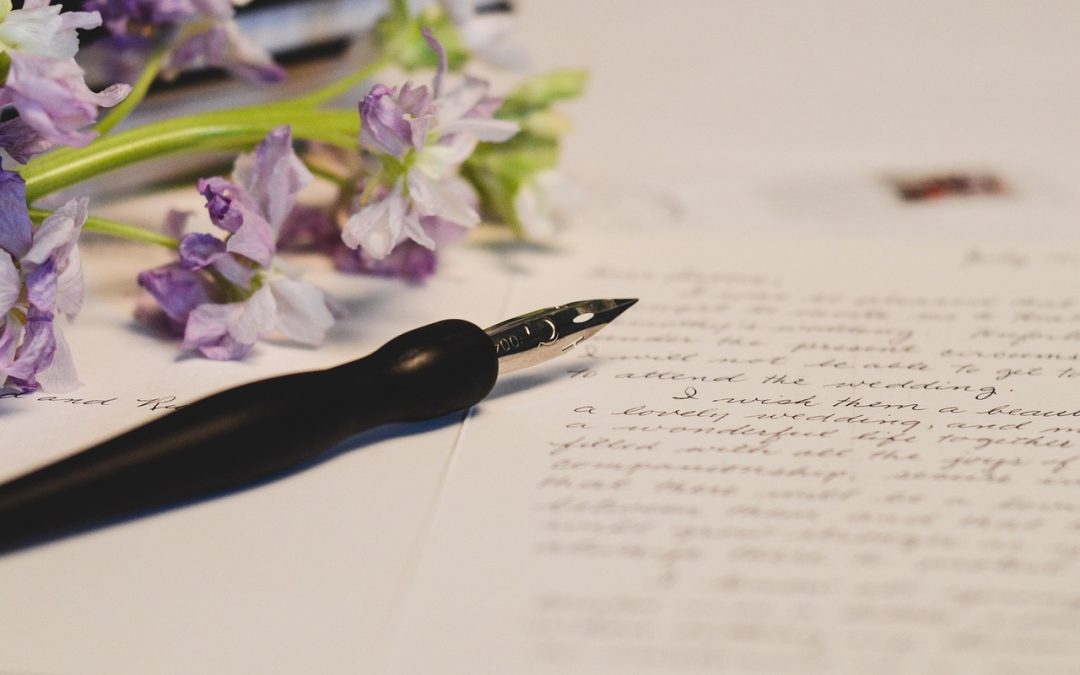As writers, we’re often told that editing is a crucial step in the writing process, but what does that really mean? For many of us, editing conjures up images of red pens, grammar guides, and tedious hours poring over our manuscripts. But editing is so much more than just catching typos and grammatical errors. It’s about refining our ideas, clarifying our message, and shaping our words into something that truly resonates with readers. And the good news is, self-editing is a skill that can be learned and mastered with practice, patience, and the right tools.
Getting into the Right Mindset
Before we dive into the nitty-gritty of self-editing, it’s essential to talk about mindset. As writers, we’re often so close to our work that it can be challenging to separate ourselves from the manuscript. We’ve poured our heart and soul into those pages, and it’s natural to feel attached. But to effectively self-edit, we need to be willing to take a step back, put on our critical thinking hats, and approach our work with a fresh perspective.
This means setting aside our ego, letting go of our attachment to specific words or phrases, and being open to making changes that will ultimately improve our work. It’s not about being perfect; it’s about being willing to learn, adapt, and grow as writers. As author Neil Gaiman so eloquently puts it:
“You can’t wait for inspiration. You have to go after it with a club.”
In the context of self-editing, this means being proactive, taking initiative, and being willing to do the hard work necessary to craft a manuscript that truly shines.
Practical Self-Editing Strategies
So, what are some practical strategies for self-editing? Here are a few tips to get you started:
-
Take a break: Before you start editing, take a break from your manuscript. This could be a few days, a week, or even a month. The goal is to approach your work with fresh eyes and a clear mind.
-
Change your environment: Sometimes, a change of scenery can be just what you need to approach your work from a new angle. Try editing in a coffee shop, library, or park.
-
Read aloud: Reading your manuscript aloud can help you identify clunky phrasing, awkward sentence structures, and other issues that might be hiding in plain sight.
-
Use DIY editing tools: There are a wealth of free and low-cost editing tools available online, from grammar and spell checkers to formatting templates and more. Check out our guide to Writing on a Budget: DIY Editing Tools for some of our favorites.
-
Get feedback: Share your manuscript with trusted beta readers or writing groups to get feedback and insights from others.
In addition to these strategies, it’s also important to develop a self-editing routine that works for you. This might involve setting aside dedicated blocks of time for editing, creating a checklist of common errors to watch for, or using specific software or apps to help streamline the process.
Tools of the Trade
Speaking of software and apps, there are some amazing tools out there that can help make the self-editing process easier, more efficient, and even enjoyable. Here are a few of our favorites:
-
Vellum: A formatting tool that makes it easy to create beautifully designed ebooks and print books.
-
Canva: A graphic design platform that’s perfect for creating custom book covers, social media graphics, and more.
-
Scrivener: A writing software that offers advanced editing and formatting features, as well as organization tools and customizable templates.
In terms of physical tools, consider investing in a few high-quality notebooks, pens, and paper types that inspire your creativity and help you stay focused. For chapbook writers, consider exploring different paper weights, binding methods, and cover designs to create a truly unique and professional-looking publication. Check out our guide to Proven Chapbook Structures to Wow Readers for more on this topic.
Ultimately, the key to successful self-editing is finding a rhythm and routine that works for you, and being willing to adapt and evolve as you continue to grow and learn as a writer.
So, what’s your favorite self-editing strategy or tool? Share with us in the comments below! And if you’re looking for more guidance on the publishing process, be sure to check out our guide to From Manuscript to Print in 30 Days, where we break down the entire process from start to finish.

